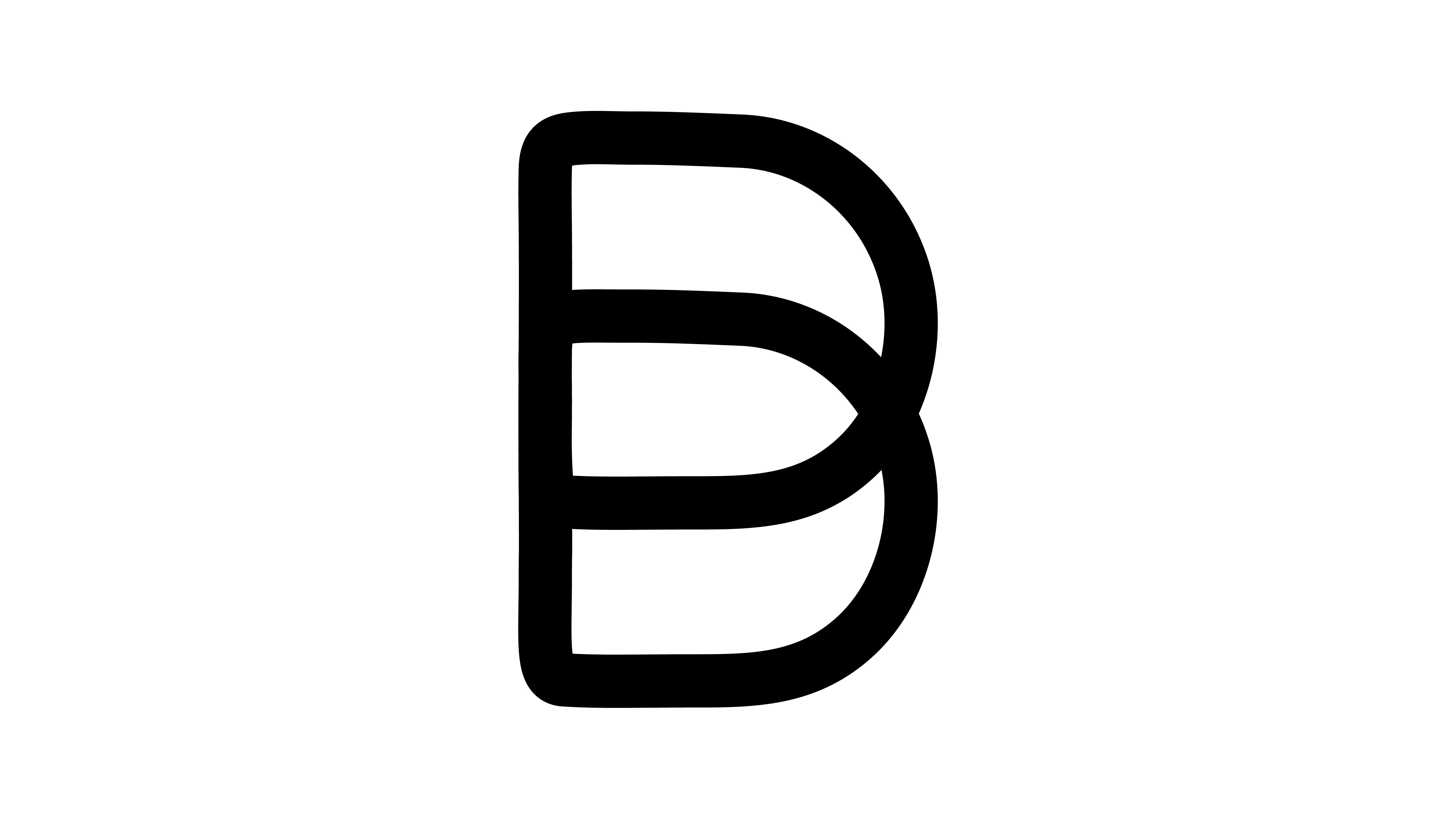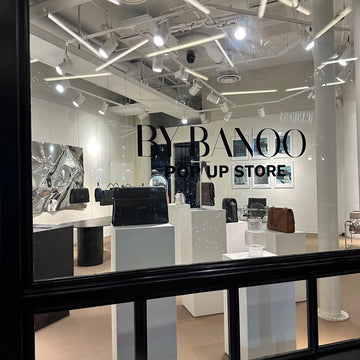A series of 5 articles. Part 2 of 5.
Have you ever heard a woman wearing a dress and proudly saying “AND it has pockets?!”. We all know the wow effect such a simple piece of fabric sewn into the garment can do, but what you may not know is that pockets are something that wasn't used in women's clothing until world war one.
During the middle ages, women had a pouch tied to her under her petticoat, reachable from a hole in her skirt (often cut by themselves for easier access), and wasn’t stitched and could be used for the woman’s whole wardrobe. The “pocket” were therefore often embroidered or decorated, and something they kept private and secure with their belongings.
In the 17th century, womenswear got more complex - it became less practical and tighter fitted, and because of this women started having their “pocket” now as an early version of a handbag, called “reticule”.

Women had less independence than men and stayed home. The fashion industry was dominated by men, and the designers simply decided that women didn't need to be practical. Since it was the men who worked, carried the documents etc, they were the only ones needing functional clothing, logic and equal, right? Hmm… How about no.
Skipping a few years ahead - it wasn't until the early 20th century that women reclaimed their right to functional clothing. The suffragette women would sew pockets into the clothes that they bought, and developed the suffragette suit, with six pockets. The industry was still man-led with the old fashion way of thinking that women simply didn't need them.

During world war one, men abandoned their regular jobs to fight the war, and who took over? Women of course. Going from a way of thinking that women had to stay at home - to taking over was a major change which not only changed the fashion industry. Womens clothing that was before, in fact created to please the eye, now finally became practical and functional that was made for someone who worked. This also gave women the independence and right to earn their own money and shortly also the right to vote.
The saying “wearing the pants in the relationship” is when someone is in charge and makes the big decisions for both people - is quite literally what they did since they now started wearing pants (with large pockets!) as a result of this revolution.
In the 1920’s, Coco Chanel changed the industry when she introduced pants in everyday fashion, and not just for women working in factories. Chanel has revolutionized fashion several times.

After both the world wars, the feminine fashion took over the industry, and when the clothes again got tighter and more fitted - the pockets disappeared. This is why today, still, pockets are more rare in women's clothing compared to men’s. So it might not be so strange that we have the wow reaction to pockets in our dress right?
xx Sofia Katarina



























